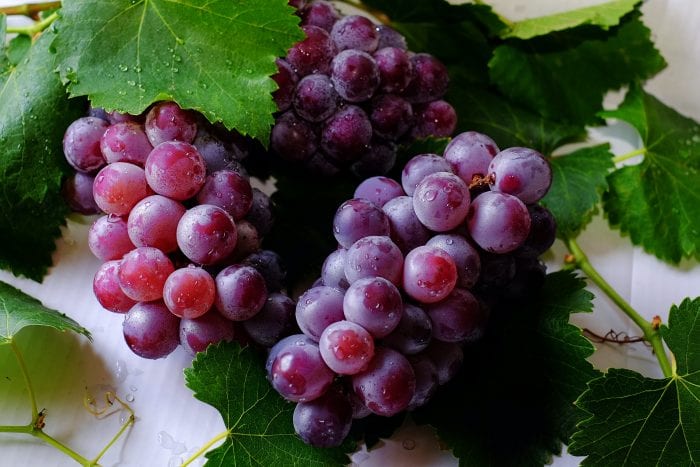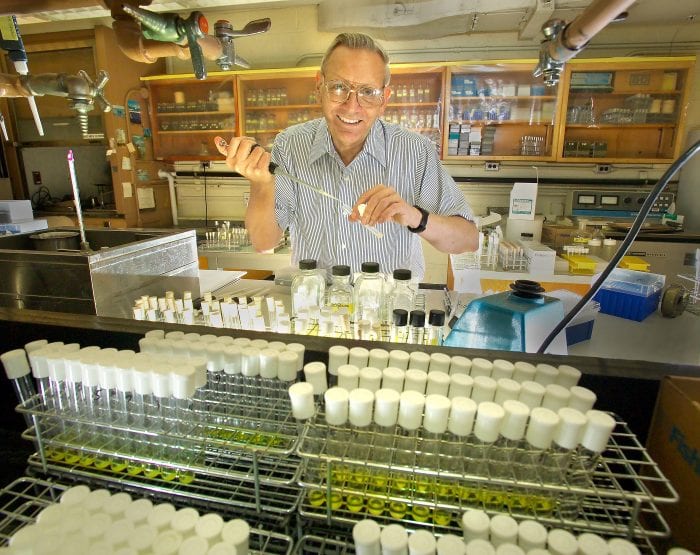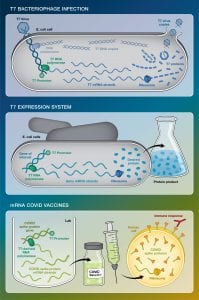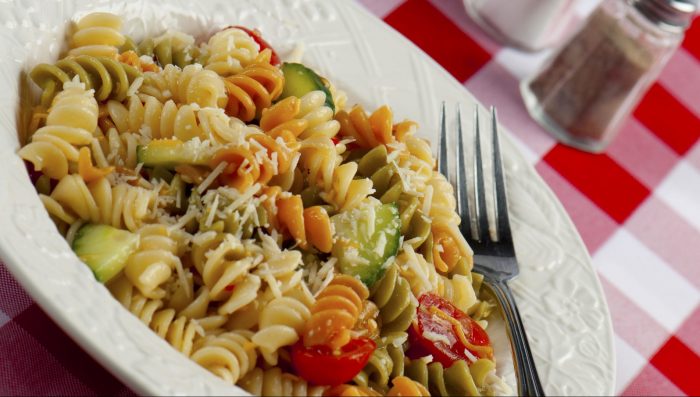By Barbara Beltrami
If you’re like us, I’ll bet that while you’ve been out there doing your spring cleanup. You’ve also uncovered the grill and spruced that up, too. Maybe you’ve been trudging out there all winter; if so, you’re braver than we are. We’re fed up (pun intended) with soups and stews and hearty fare simmering on the stove. Time for drafting that old grill into service and charring our way into spring fare … seafood, veggies, chops, chicken, burgers, baby back ribs and of course, steaks. Beyond the regular old faithfuls, here are a few recipes that are perfect for sliding scrumptiously into spring and the great outdoors.
Grilled Scallop Kabobs with Asparagus
YIELD: Makes 3 to 4 servings
INGREDIENTS:
36 sea scallops, washed and patted dry
24 thick asparagus spears, cleaned and cut into 3” pieces
24 large cherry tomatoes
1/3 cup extra virgin olive oil
Salt and freshly ground black pepper to taste
2 garlic cloves, smashed
1/4 cup freshly squeezed lemon juice
DIRECTIONS:
Preheat grill to medium-high (350 to 400F). On barbecue skewers, alternately thread the scallops, asparagus and tomatoes. In a small bowl, vigorously whisk together the oil, salt and pepper, garlic and lemon juice, then discard garlic. Brush the scallops, asparagus and tomatoes with mixture, place on grill, close lid and grill for 2 to 3 minutes per side, just until scallops turn opaque and everything starts to brown. Serve with mashed potatoes.
Grilled Pork Tenderloin with Apricot Glaze
YIELD: Makes 8 servings
INGREDIENTS:
Two 1-pound pork tenderloins
1 generous tablespoon coarse salt
1 1/2 teaspoons freshly ground black pepper
Oil for grill
3/4 cup heated apricot jam
DIRECTIONS:
Rub tenderloins all over with salt and pepper, then let sit for an hour to come to room temperature. Brush pork with half the preserves, then grill and turn every 4 minutes and brush with remaining preserves until dark brown on all sides and meat thermometer inserted in thickest part reads 130F, about 11 minutes. Let rest 5 to 10 minutes, then cut into half-inch slices. Serve with a mixed salad.
Grilled Potato Salad with Arugula
YIELD: Makes 5 to 6 servings
INGREDIENTS:
1 1/2 pounds baby new potatoes, scrubbed
Salt and freshly ground pepper to taste
1/3 cup extra virgin olive oil plus more for brushing
2 tablespoons white wine vinegar
2 teaspoons freshly squeezed lemon juice
1 bunch arugula, washed and torn into bite-size pieces
1 small red onion, finely diced
DIRECTIONS:
Halve potatoes or leave whole, depending on size; place in pot and bring to a boil. Cook until barely tender, 5 to 8 minutes. Drain and let cool slightly. Prepare grill on high heat. Brush potatoes with oil and sprinkle with salt and pepper; place on grill and cook, tossing occasionally, until tender and slightly charred, about 5 to 7 minutes.
In a small bowl, whisk together salt and pepper, oil, vinegar and lemon juice. In a large bowl, toss together the grilled potatoes, arugula, onion and oil mixture. Serve warm or at room temperature with meat, fish or poultry.





 The weather is changing and I’m getting more itchy patients coming to my office. Owners describe scratching and rashes appearing seemingly out of nowhere and they want relief for their pets. I explain to these owners that their pet most likely suffers from atopic dermatitis.
The weather is changing and I’m getting more itchy patients coming to my office. Owners describe scratching and rashes appearing seemingly out of nowhere and they want relief for their pets. I explain to these owners that their pet most likely suffers from atopic dermatitis.













